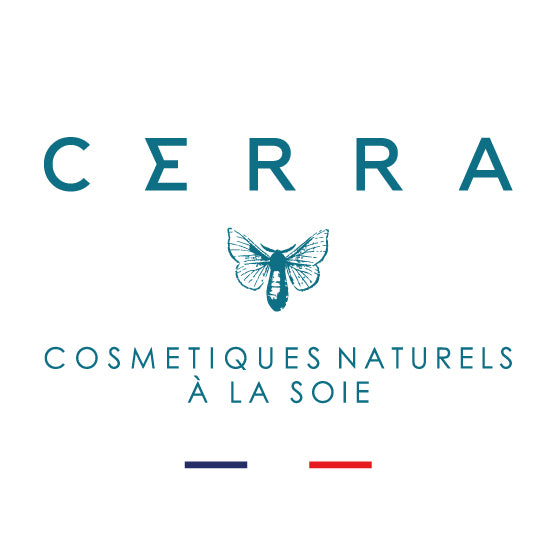The Benefits of Silk...
Why use silk fibroin in our cosmetics?
Because silk fibroin is regenerating , it has a structure similar to collagen , it illuminates the complexion and it provides a silky and mattifying finished touch.
Some explanations...
Silk is a natural biopolymer that is biodegradable and biocompatible (total tolerance by the human body). Fibroin (central part of silk thread) is a protein from the scleroprotein group, similar in composition to collagen and keratin in the skin. Its lightness, finesse and power represent real progress in cosmetology (1).
Silk Fibroin is already used in the medical field to create an environment favorable to tissue regeneration during implants (2) and skin grafts (3). This extraordinary ability of fibroin to promote skin regeneration is a valuable asset in cosmetics, particularly for sensitive skin.
Finally, Silk Fibroin provides a very soft finished touch on the skin which lasts over time and helps to mattify and brighten the complexion. This allows us to avoid the “sticky” or “greasy” effect of natural cosmetics. We thus obtain a finished feel comparable to conventional products, but with natural raw materials!
Obtaining process
Our silk powder is obtained while being respectful of the animal. The worm builds its cocoon to transform into a butterfly. Once it has reached its final stage it leaves the cocoon and leaves behind an empty cocoon with holes, unusable for fabric manufacturing since the thread is cut! These cocoons are used for our silk powder.



The cocoons are then "digging" (in order to remove the "glue" called sericin which surrounds the silk fibroin), dried and crushed to obtain an extremely fine colloidal powder, giving it, apart from the qualities already mentioned, a absorbent power and considerable anti-infectious action (1).
You know everything, but if you have additional questions, do not hesitate to contact us.
(1). Mr. Juon. Lausanne. Miescher's necrobiosis maculosa
(2) Rebelo, Rita, Margarida Fernandes, and Raul Fangueiro. “Biopolymers in Medical Implants: A Brief Review.” Procedia Engineering. 2017. 200:236-243.
(3) Madden PW, Lai JN, George KA, Giovenco T, Harkin DG, Chirila TV. "Human corneal endothelial cell growth on a silk fibroin membrane". Biomaterials . 2011 Jun;32(17):4076-84.
